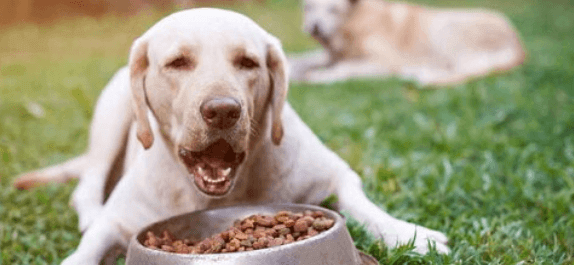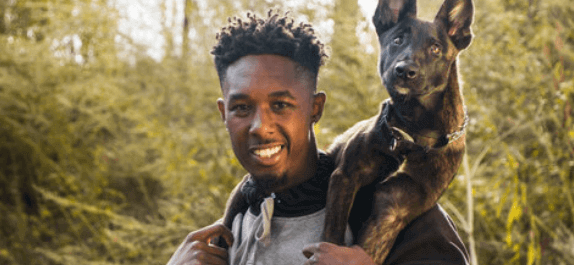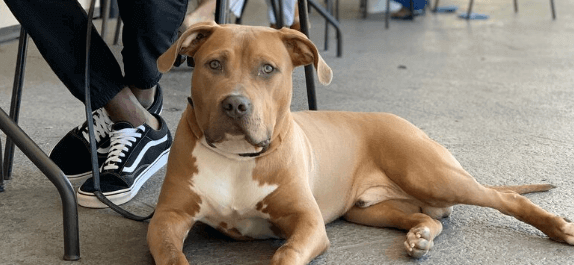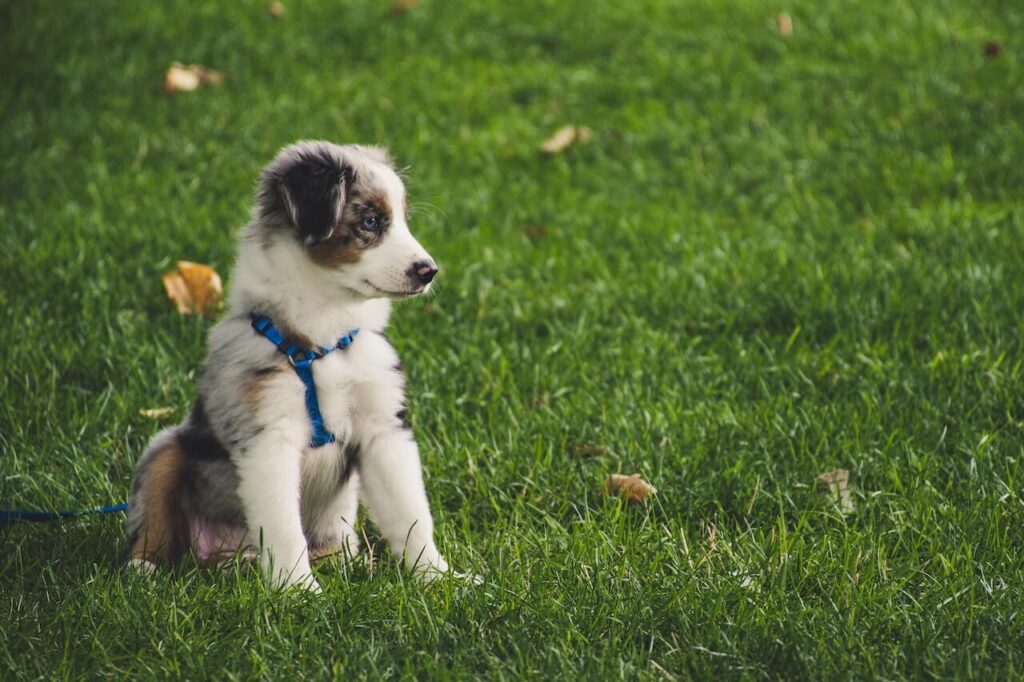Wouldn’t it be nice if you could communicate with your dog and speak the same language as your furry pal? It sounds great, but the reality is that we can’t just take our dogs to a coffee shop and have open dialogue about the weather. Dog communication is a little more involved than that, and we’re going to provide you with the 4 steps you can take to ensure that communicating with your dog is easy.
Dog communication step #1 understand non-verbal reinforcement.
A lot of times, communicating with your dog has a lot more to do with your actions and less with what you say. Every movement that you make towards your dog is either going to have them alert or relaxed. The younger the dog is, the more likely it will be that you need to practice how you use your nonverbals when communicating with him. For example, always move slowly with your hands open when interacting with him so that he won’t mistake your movements for aggression or threats. Older dogs are usually more seasoned to non-verbals, but you should still use the same ones to reinforce the behaviors.
Dog communication step #2 use the right verbal reinforcements
Our dogs are smart, but unfortunately, they can’t understand every single word that we say, let alone remember then. In fact, it’s said that dogs can only memorize about 160-ish words, period. With that being said, you want your words to be clear, concise, and consistent. For example, you should not say “sit,” “stay there,” or “don’t move” to all mean the exact same thing. Instead, you should pick one of the three and stick with it. When saying your words, be sure to stay assertive. Your dog will be able to smell fear a mile away, so make sure you let him know that you’re the alpha when you speak.
Dog communication step #3 use positive reinforcement when your dog behaves accordingly
Like with most training sessions, when communicating with your dog, you want to give him frequent positive reinforcement to let him know that he is behaving correctly. You can do this by gently petting him on his chest and sides, and once he gets more familiar with you, even his head. Make it clear to him that he is practicing good behavior with your words and with your actions.
Dog communication step #4 add in the leash
Your leash is one of the best tools you can use when communicating with your dog. Because you have control of the leash, you are able to easily let your dog know how he should be behaving by gently directing him in the right direction. When you have the leash, your dog depends on you to lead the situation. A tighter leash will indicate stress and that your dog needs to be more alert. A looser leash means that you are more relaxed and your dog can be calm. You pulling your dog away from certain objects during your walk signifies that he should leave those items alone. Also, you pulling him away when he tries to stop and sniff everything in sight means that you are in a rush and need to hurry.
Communicating with your dog takes a lot of time and patience to master, but luckily the team her at through the leash is here to help. Schedule your free consultation today so we can teach you the best strategies for providing effective communication with your pup.







